The NFT stands for non-fungible token, which is the name of the basic ERC-721 token that was developed by ConsenSys and released on the Ethereum main network in October of 2017. An NFT can be purchased or sold like any other digital asset, but an NFT cannot be broken down into smaller units—it remains as one whole piece of property.
Table of Contents
The Future of Blockchain
There are three primary approaches to using blockchain technology: public, private and consortium. Public blockchains are decentralized and visible to anyone who wants to see it; think Bitcoin. Private blockchains exist in a single location, like a corporation or data center, while consortium chains are operated by a group of users with pre-existing relationships. They’re more versatile and better suited for organizations that need privacy or have sensitive data, such as health care systems.
Also read What is Cryptocurrency?
The Basics of Non-Fungible Tokens
The term fungible has been used quite a bit recently in reference to crypto. Fungibility, put simply, refers to whether one unit of a good or asset is equivalent to another unit of that same good or asset. The best example of an exchangeable/fungible asset would be money; each dollar bill can be exchanged for any other dollar bill. Bitcoin and Ethereum are not fungible in nature because every token has its own history and characteristics. This gives them their own unique value; one Bitcoin may be worth significantly more than another Bitcoin based on what transactions it has been a part of over its lifetime.
Also read A Beginner’s Guide to the Stock Market
How to Use a NFT
As mentioned above, there are two primary ways to use a non-fungible token: an item registry and a digital collectible. One of these will suit your project needs better than another, so I’ll provide an example of each in hopes that it helps you choose which one you want to try first. As you read through both examples, keep in mind that most projects don’t stop at just one way to implement their NFT—the reality is that using a blockchain for collectibles opens up all sorts of possibilities. Think about what cool things your users can do with non-fungible tokens before you launch your initial platform!
Also read 8 Questions to Help You Decide if an Initial Public offering is Right for You
7 Ways Sports Teams Can Use NFTs
We may be a little biased, but sports teams represent one of our favorite use cases for non-fungible tokens. A collectible player card for an NBA team could come with voting rights on which player should be given a new contract or what uniform to wear during games. If a player gets injured, his non-fungible token might decrease in value to reflect that. Collecting and trading these cards could lead to online forums where fans can voice their opinions on upcoming trades or even get involved in helping make decisions around team rosters.
Hi, I’m Pritam Saha. I have a passion for stocks and have spent my last 6+ years learning about the stock market. My Blog focuses on idea & concepts that improve the skills of the investor to manage their own money.

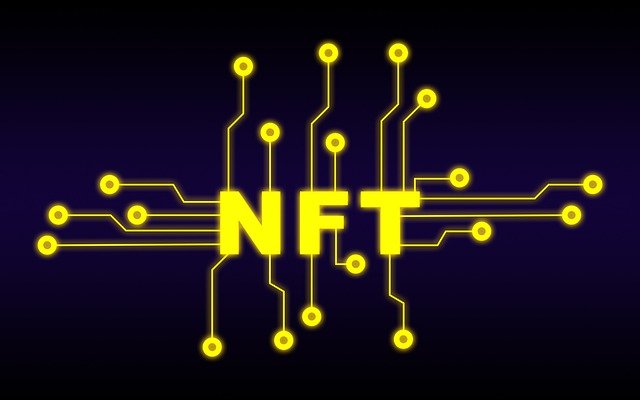
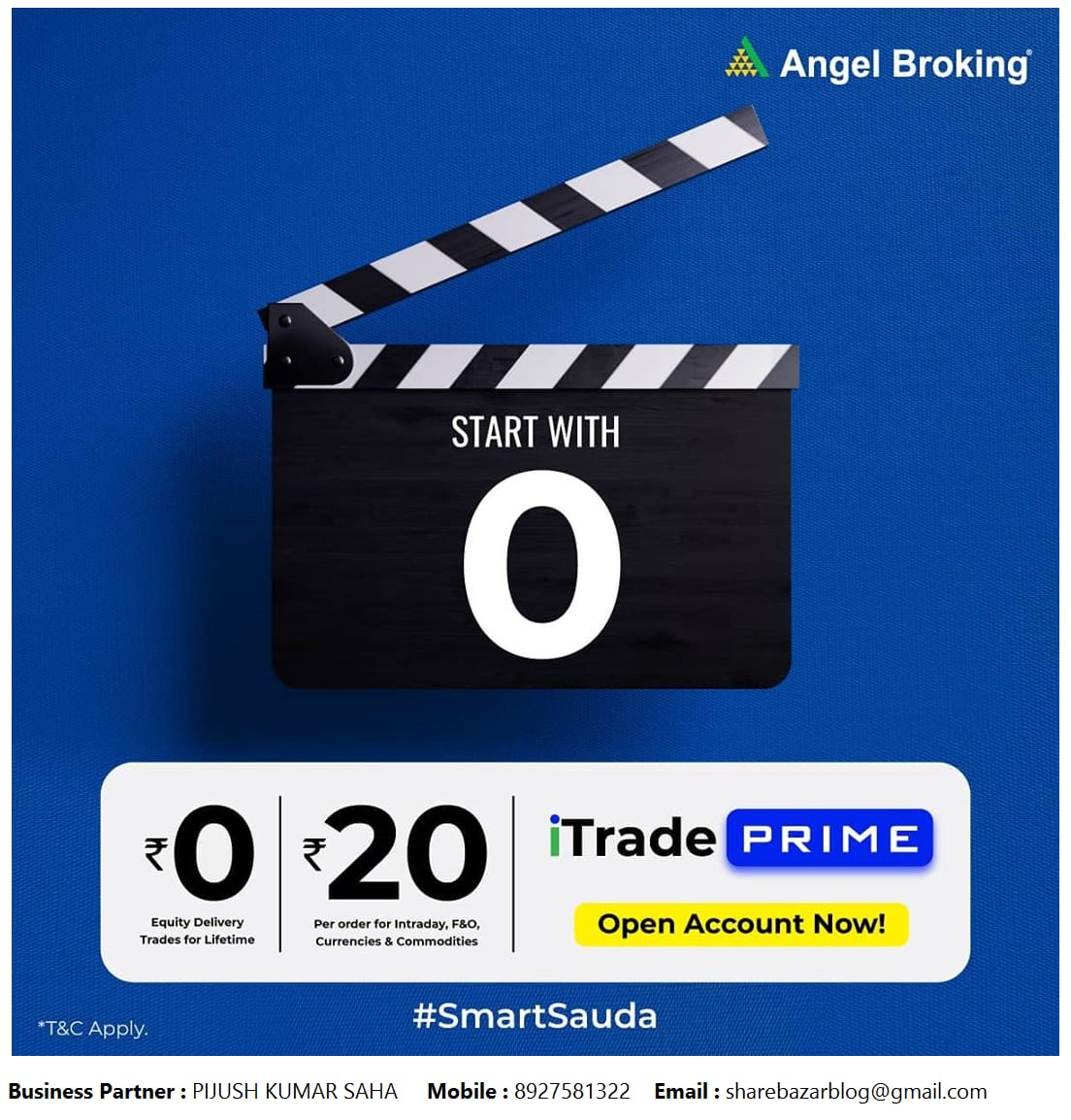
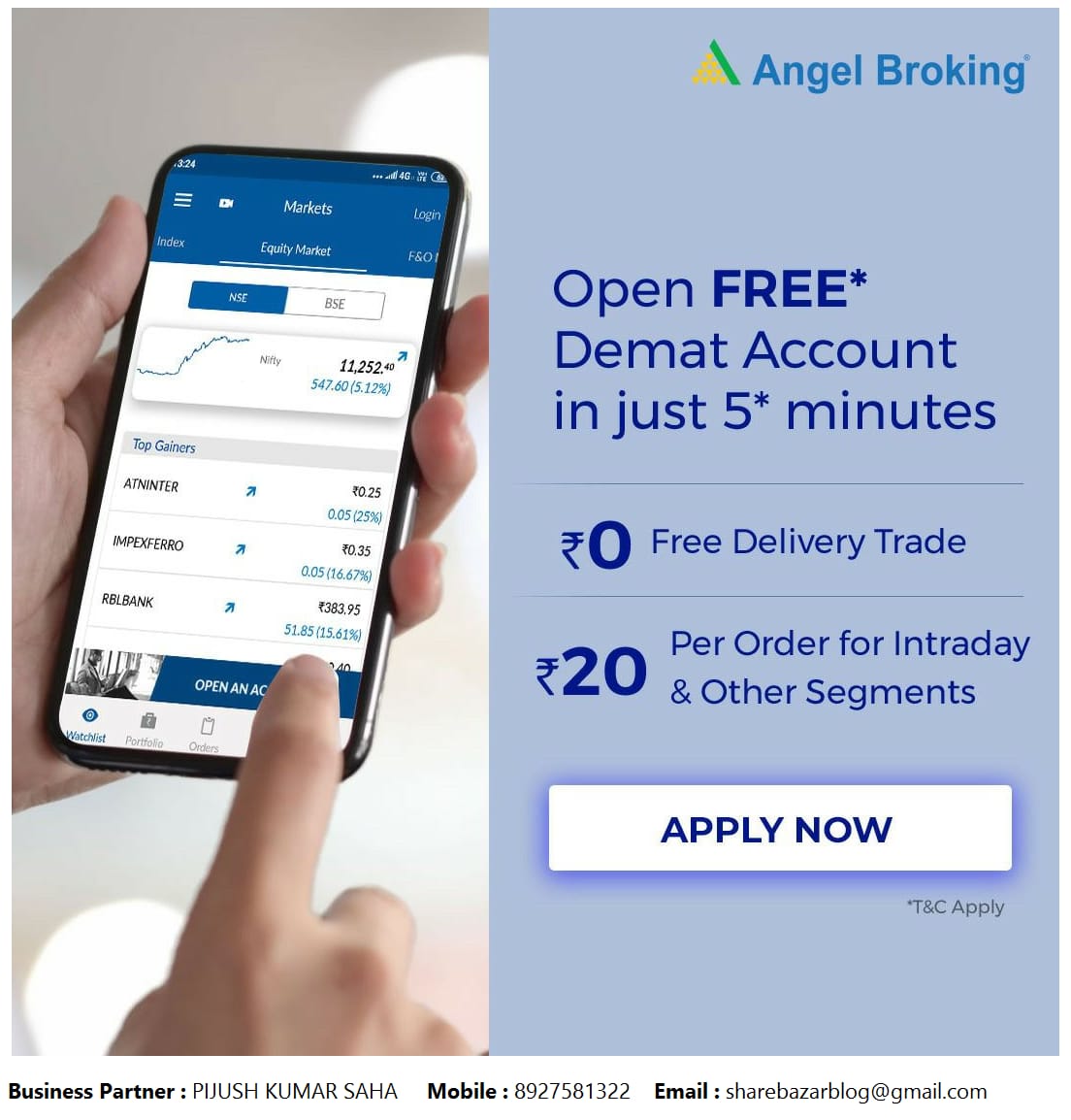
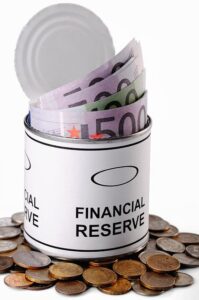

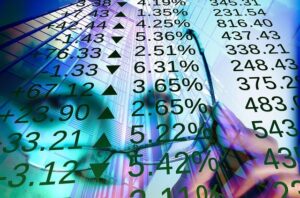

Pingback: What is a Meta Version? - Share Bazar Blog